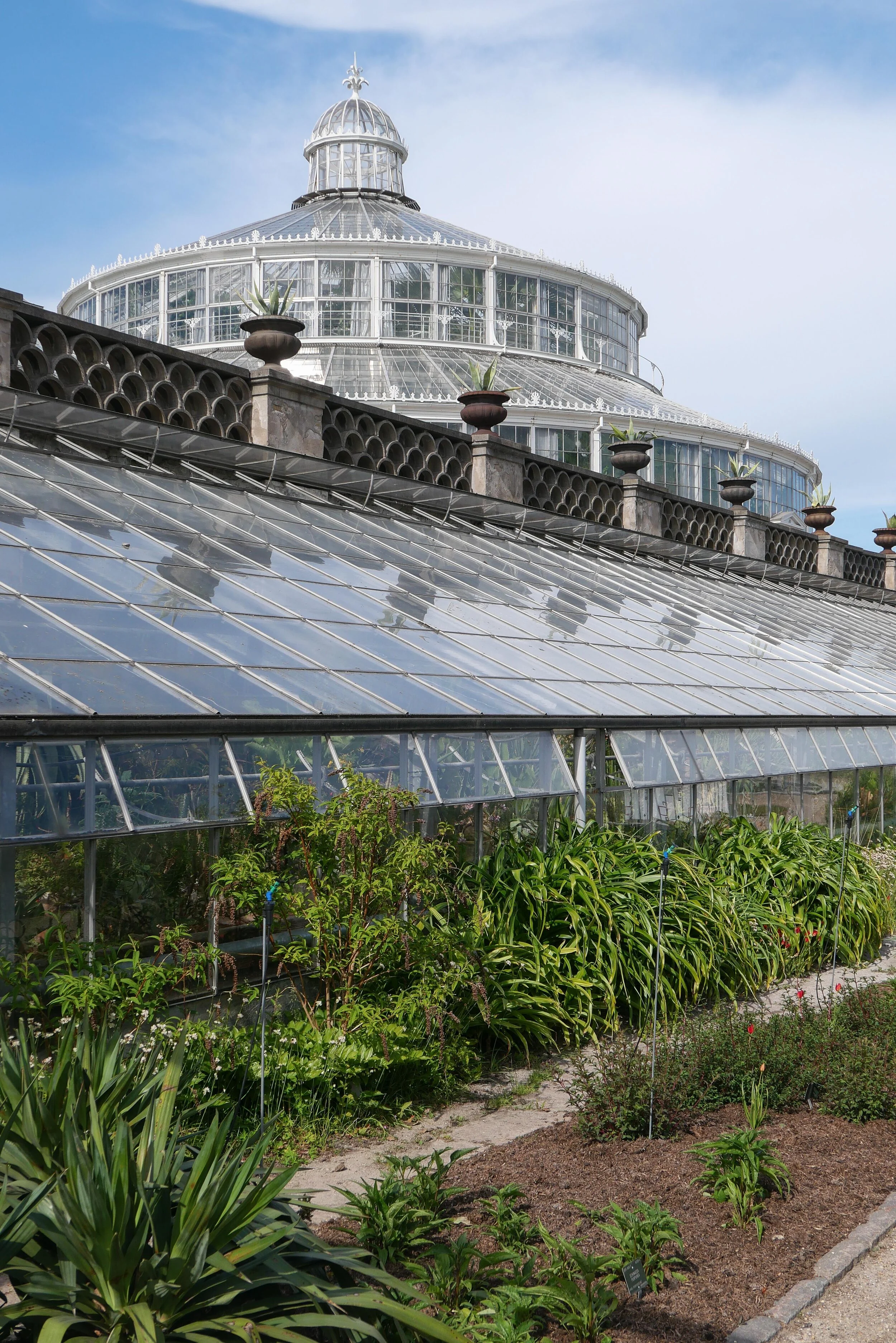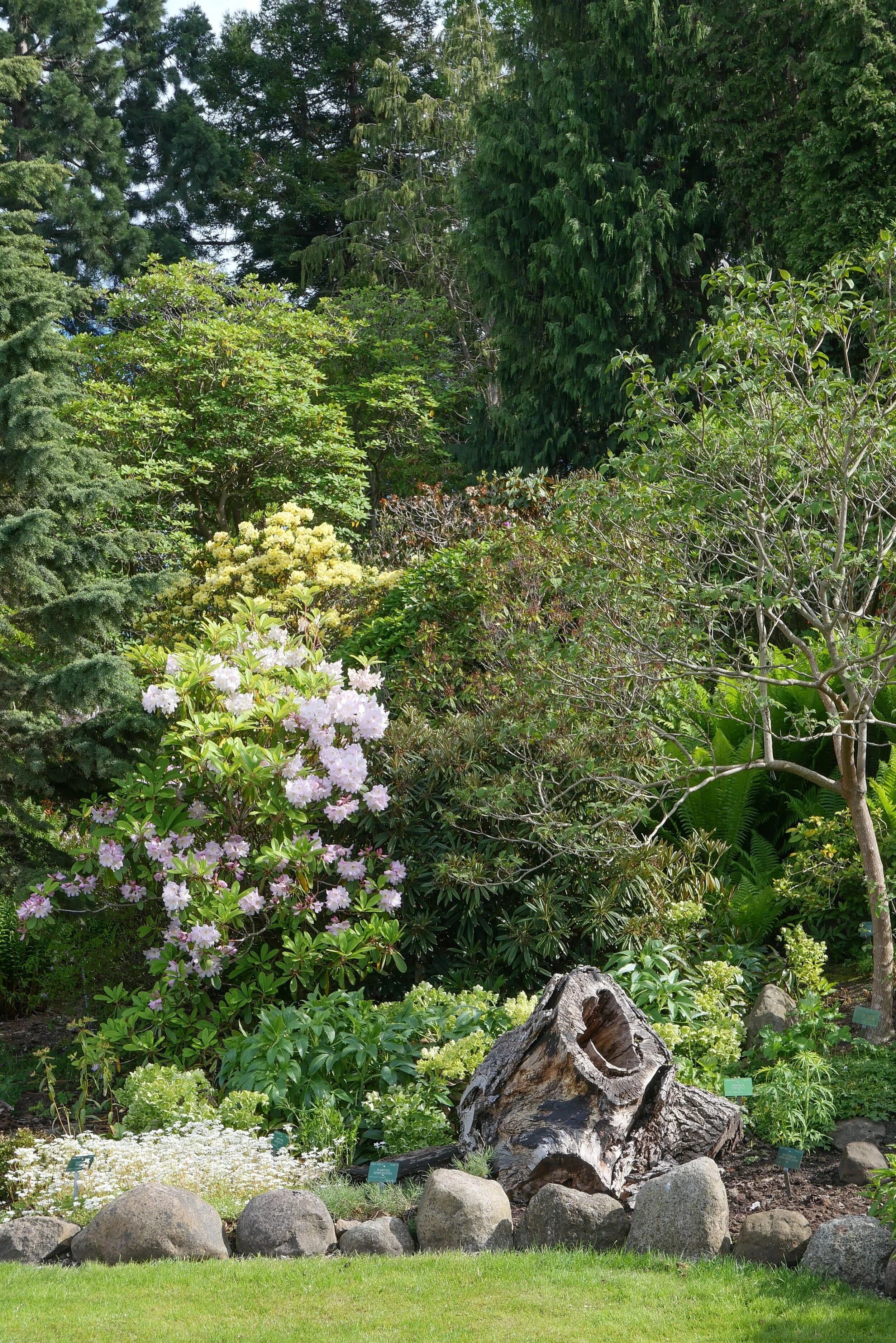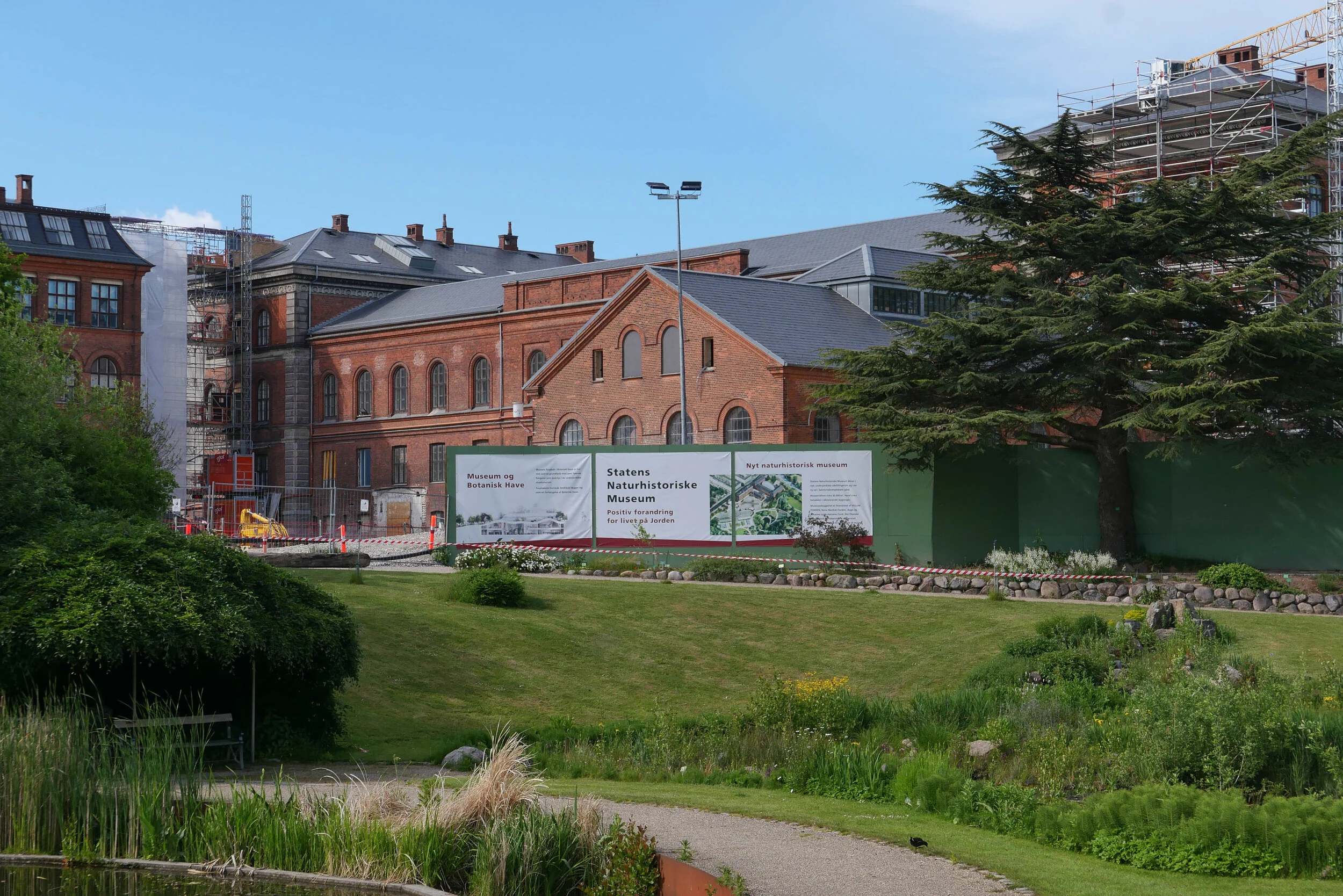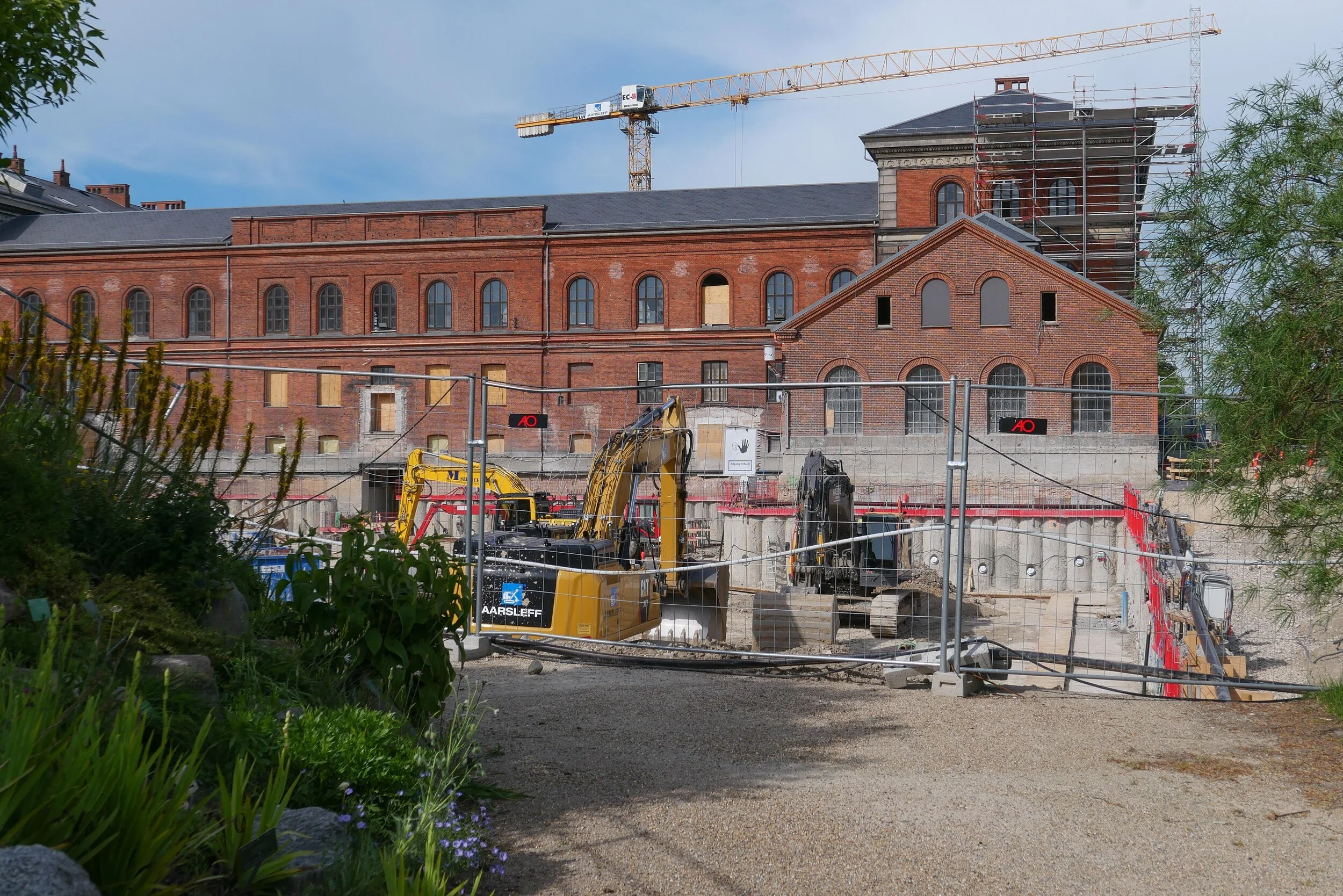a new Natural History Museum and the Botanic Gardens
/
The Botanical gardens in Copenhagen have reopened from the lockdown and they look superb.
The gardens here were laid out in the late 19th century as part of the expansion of the city after the city gates; the ramparts, and the outer defences dating from the 17th century were removed.
This work had been discussed for some years but became a priority with an outbreak of cholera in 1853 when there was a substantial loss of life. It is not surprising that the first major new buildings that were constructed as the defences came down were a new hospital completed in 1863 and a new water works on the site of a bastion on the outer edge of the old defences and just inside the lakes at their south end. Both groups of buildings survive.
Initial plans drawn up in the 1850s showed the ramparts and outer ditches removed or levelled completely and new streets and squares as a continuous band of large new residential areas around the north and west sides of the old city that continued out as far as the lakes.
But the next priorities for the city are less obvious and more interesting. A new Observatory, the Østervold Observatory, was completed in 1861 to replace the royal observatory on the top of the Round Tower in the centre of the old city and it was built north of the King's Gardens on one of the highest points of the defences.
By then, the decision must have been made to retain sections of the outer water-filled defences below the ramparts and these stretches of water then became the centre of a series of parks that were laid out in an arc around the old city.
The park below the observatory became a new Botanical Garden that replaced gardens just south of Nyhavn and behind the palace of Charlottenborg.
A Palm House designed by Peter Christian Bønnecke for the gardens was completed in 1874 with a new Botanisk Museum by H N Fussing near the south corner of the gardens completed in 1877 and the Botanical Laboratory was completed in 1890.
On the north side of the gardens, a Technical and Engineering College was opened in 1889 and at the north-east corner and close to the National Gallery, Statens Museum for Kunst, a Museum of Mineralogy was completed in 1893.
The reopening of the Botanical Gardens at the end of May was an opportunity to see the major excavation works for a new Natural History Museum that is being built within the buildings and courtyards of the Technical College. Den Polytekniske Læreanstadt is a large and fairly severe brick building around a courtyard that was designed by Johan Daniel Herholdt with an entrance front to Solvgade and a long frontage to Øster Farimagsgade.
The new Natural History Museum has been designed by the Danish architects Lundgaard & Tranberg with a striking whale hall that will be in the courtyard of the 19th-century building and there will be new galleries and museum facilities extending back towards the Palm House but below ground with a new landscape above.
Early articles, about this new museum, have promoted this development as part of a new centre for earth sciences and it will provide an amazing, world-class centre for research and teaching.
Natural History Museum of Denmark, Botanical Gardens
the new Natural History Museum
Lundgaard & Tranberg Arkitekter















































